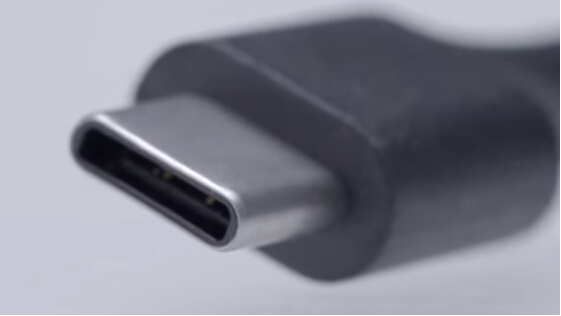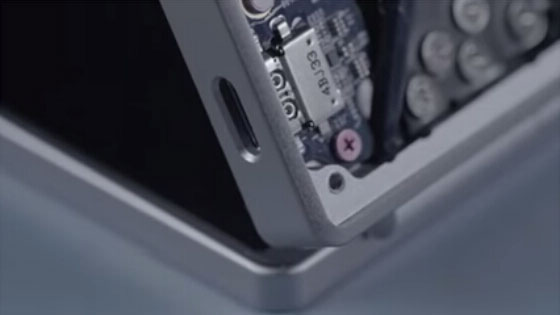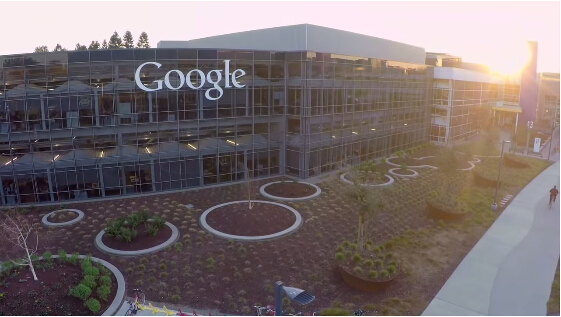- 首页
- chrome_win下载
- chrome_mac下载
- chrome_linux下载
- chrome插件
谷歌的下一步:全新ChromeBook Pixel笔记本和Type-C全新USB接口
时间:2015-03-14 来源:未知 作者:chromedownloads 点击:次
谷歌最近又有新动作了,Google最近放出了最新的ChromeBook Pixel笔记本(点进进入Google商店),较之前的设备有着巨大的改进,其中最值得一提的就是它集成了最新的接口,集合了充电,数据传输以及视频传输功能于一体的USB Type-C。

目前绝大部分的移动设备都可以通过USB接口来进行充电(尽管USB设计的初衷并非如此),Micro-USB更是将充电功率提升到了10W,进一步提高了充电的效率。但是随着手机越来越大,所伴随的电池容量也会越来越大,因此必须要有更加强力的充电接口才能适应这样的情况。另一方面,笔记本的充电接口没有一个统一标准,每家都是自扫门前雪,有着独立的充电接口,充电电压等等。而且笔记本充电所需要的功率远远超过了10W...

新版接口的亮点在于更加纤薄的设计、更快的传输速度(最高10Gbps)以及更强悍的电力传输(最高100W)。Type-C双面可插接口最大的特点是支持USB接口双面插入,正式解决了“USB永远插不准”的世界性难题,正反面随便插,可承受1万次反复插拔。(和苹果的Lightning接口一样,确实是非常方便的设计)同时与它配套使用的USB数据线也会更细和更轻便。比起这些,Type-C接口还提供通过DisplayPort和HDMI接口输出高分辨率视频的功能,这简直碉堡了!(以后就可以一线在手,万事不愁了)

原文如下:
Today we’re introducing an updated, more powerful Chromebook Pixel. While the new Pixel has many improvements, one feature that is especially exciting is universal charging, data, and display in the form of USB Type-C. We joined forces with the USB Implementers Forum and leaders across the industry to create the new standard over the past few years, and are now starting to see its debut in devices.
The case for a new connector
Mobile devices charge from a USB port, which has worked pretty well, even though USB wasn’t designed for that purpose. Micro-USB can deliver up to 10 Watts, which charges small mobile devices reasonably quickly. However, as phones get bigger and batteries charge faster, there’s a distinct need for something that can supply more power than micro-USB.
Laptops, on the other hand, have no common charge standard. Each one tends to have its own proprietary connector and power supply to deliver just the right combination of voltage and current to charge that laptop at its most efficient point. Laptops also need a lot more than 10 Watts of power.
More power and speed
USB Type-C combines these varying needs in a durable, high power, high data-rate connector powerful enough for laptops yet small enough for mobile phones. It also does so in a symmetrical design to eliminate the guesswork when plugging in.
USB Type-C can deliver up to 100W of power, which is more than even the largest laptops typically need. When a USB Type-C enabled device is plugged in, the charger negotiates the right power for that device. That way, phones, laptops and tablets can all be powered from the same charger.
Not only does Type-C enable universal charging, but it also allows high-speed data and high resolution display. Type-C was designed to transfer data at speeds up to 20Gbs. Since current USB devices max out at 5Gbs, there’s room to grow.
From the same port, Type-C also enables high resolution display output to a monitor or TV through DisplayPort and HDMI accessories.
New possibilities
USB Type-C on the new Pixel means that one day soon you’ll be able to charge your phone, laptop, and tablet all from the same power charger.
There’s a Type-C port on both sides of the Pixel, so you can output display and charge at the same time. It also means you can charge from either side of your laptop, something that’s really convenient on a crowded desk.
Forgot your power adapter? Plug in the optional Type-C to USB A cable, and top up from any traditional USB port, your phone charger, or a USB power bank. It won’t charge as fast as the included 60W supply, but it’s handy in a pinch. For the truly adventurous, you could even charge your Pixel from another Pixel!**
As more devices use Type-C, you can imagine a world where chargers become ubiquitous to the point where device makers won’t need to ship them with a new phone or laptop. We’ve even open sourced our work on Type-C adapters so that you’ll have more choice of accessories. That’s good for your wallet and the environment.
We’re really excited about the new Chromebook Pixel and USB Type-C. To learn more, head over to the Google Store, the new home for the latest devices made with Google, or the Pixel site.
Posted by Adam Rodriguez, Product Manager at Google

说点什么吧
- 全部评论(0)
还没有评论,快来抢沙发吧!
